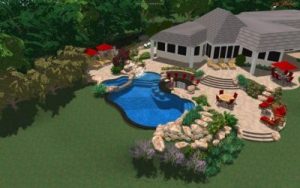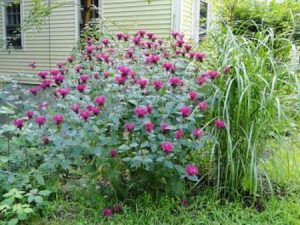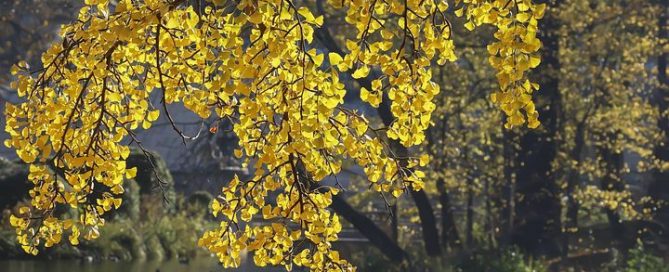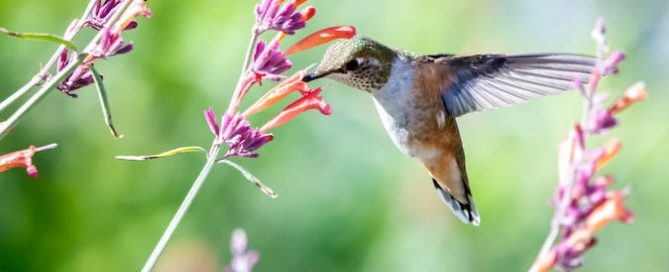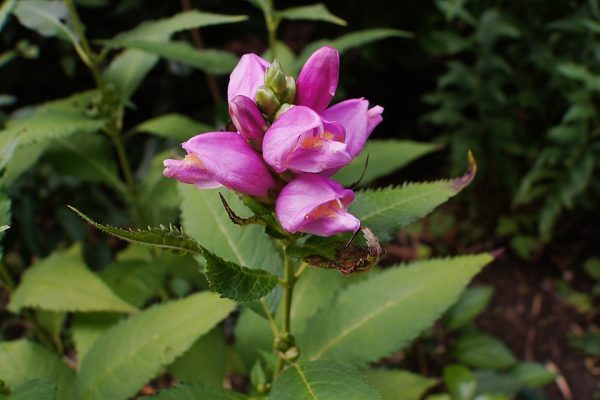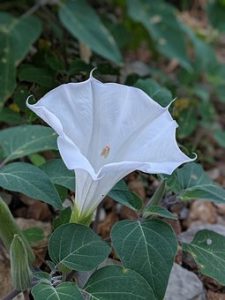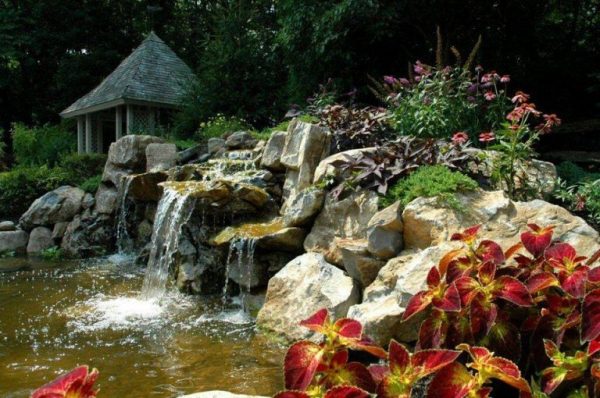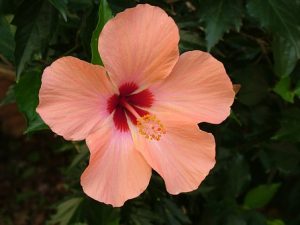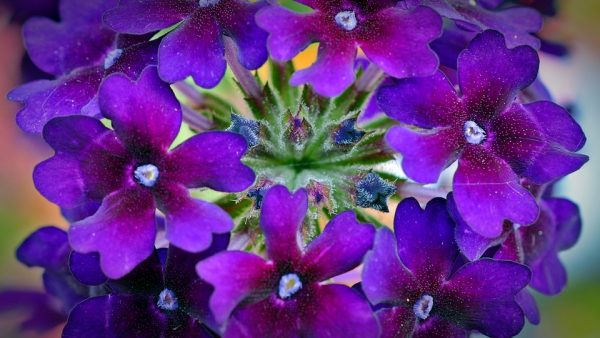When Should I Begin Planning My Backyard Upgrade?
While it’s not too cold now, you might be thinking that the weather could change abruptly at any moment. This is New York, after all. So you might be considering waiting until spring to plan and begin any major backyard upgrades.
“People think they can’t begin planning until it’s warm,” says Deck and Patio owner Dave Stockwell. “But that’s really not necessary at all. It can be done during any season, including winter.”
“Granted, it is helpful to see close up any existing patio or pool that’s being upgraded or replaced,” says Dave. “But much of our planning can be done through surveys and Google Earth.
“Even if the ground is covered in snow, our experts don’t need to see the ground to begin,” adds Dave. “Plus, with the computer software available today, the drafting and collaboration design process is surprisingly quick — even providing an accurate representation of how your outdoor spaces will look after the work is done.”
How Computer Animation Helps
The 3-D animation (top left) not only shows what the yard will look like — including from different perspectives — tweaking and changes can easily be changed as the project goes along.
For this completed Long Island, NY, project (top right), the property had existing patios and a pool. The key was to decide what to keep and what to remove.
One part of the design expanded the original confining upper and lower patios into both shady and sunny expansive areas. This also helped open up the space to allow unobstructed views of Long Island Sound.
Full Deck and Patio Backyard Retreat
When you’re hoping for a major upgrade that includes lots of special outdoor amenities — and especially if your property presents challenges to adding them — it is really a good idea to get started very early.
“In the following case, the clients’ hopes for a full outdoor retreat — pool, spa, patio, waterfall, custom fire pit — all on a tight budget and created in a tighter space — added to the challenges of dealing with their yard’s slope.”
“Our biggest problem to solve was how to make everything appear like it fit in naturally without it all looking like a giant hill.”
Our design/build staff approached the project by taking on the grade in small bites — working out from an existing lower level patio to a new raised patio and then up to a pool.
Note: By surrounding the hot tub with natural stone boulders with colorful plantings, the hot tub has a custom set-in-garden appeal. It was also positioned close to their back door so they can enjoy easy access year-long. (Note: You can ask our team about the portable CAL Spas we sell.)
Here you see a closeup of the completed moss rock waterfall with the sweet potato vine we added. Landscaping helps bring a setting to life and softens the hardscape.
For more details about this project, click here.
Today’s Feature Photo at Top of Page: Vibrant, lush landscaping as well as a new patio, pool area with water slide, and custom spa with waterfalls takes planning. It’s wise to start, yes, even in January.



